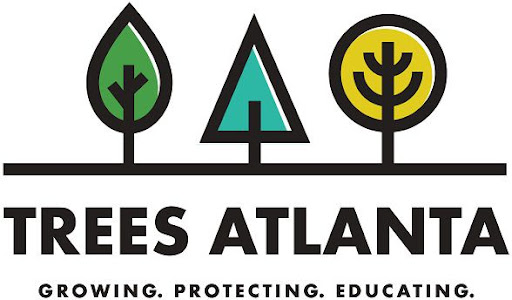If you’ve ever walked on the BeltLIne, you’ve probably noticed the tremendous amount of green space incorporated into every mile of the path. What you may not know is that the BeltLine – in its entirety – is a world-class arboretum created in partnership with the non-profit Trees Atlanta.
An arboretum is an outdoor park specifically featuring trees. Trees Atlanta is committed to not only maintaining the BeltLine’s tree biodiversity but to improve it through various initiatives throughout the BeltLine in order to both educate users of the trail and also provide an unbroken stretch of scenic urban forest.
Trees Atlanta has partnered with the BeltLine since its inception, and it’s been a fruitful union. Here are three projects the group has provided along the trail that function as beautification and also regeneration of the BeltLine’s industrial past.
The BeltLine Arboretum
Your typical arboretum might be a specific area concentrated with a variety of trees. Trees Atlanta has taken that very basic idea and has extended it – eventually to 22 miles. While the term “beltline” implies a road or walkway, Trees Atlanta wants you to consider it a linear park, filled with biodiversity of trees, from Magnolias to Beech and even Georgia’s largest Persimmon tree.
Stumpery Garden
A unique addition to the Eastside Trail portion of the BeltLine, near the heart of Reynoldstown, is a garden of stumps. Sound exciting? If you’ve happened upon it, you already know that the stump garden – stumpery – is a gorgeously fascinating array of discarded stumps and logs arranged to form a place to relax and hang out along the BeltLine.
The stumpery’s purpose is to show that a tree’s life doesn’t end when it dies, but can be repurposed to provide further use, whether it’s for animals or humans.
The Longleaf Pine Savanna and Bog
On the Westside Trail, Trees Atlanta has re-created a space to look as it did hundreds of years ago. As part of a reclamation project to rehabilitate a formerly industrial space adjacent to the trail, Trees Atlanta is using bioswales next to Best End Brewing to facilitate the growth of a Longleaf Pine savanna.
The thought of encountering a pitcher plant or an orchid in urban Atlanta might have seemed unlikely. However, with the creation of this savanna and bog, botanists can now enjoy many species of flowers and trees as they were intended to look before the arrival of the city of Atlanta.
As the Trees Atlanta/BeltLine partnership continues to grow, keep an eye out for more arboreal and botanical initiatives along the trail as Atlanta’s rich biodiversity continues to blossom in unexpected ways.
Would you like to live near the Line? You can find homes for sale here.







 ©2021 BeltLandia. All information provided is deemed reliable but is not guaranteed and should be independently verified. Properties subject to prior sale or rental.
©2021 BeltLandia. All information provided is deemed reliable but is not guaranteed and should be independently verified. Properties subject to prior sale or rental.
Speak Your Mind